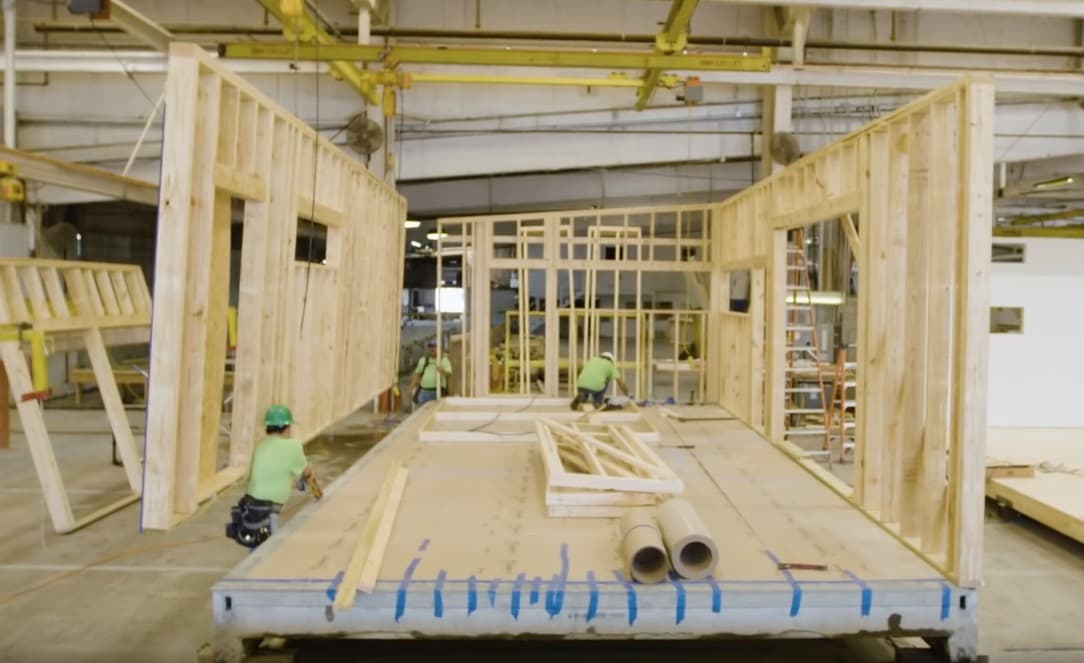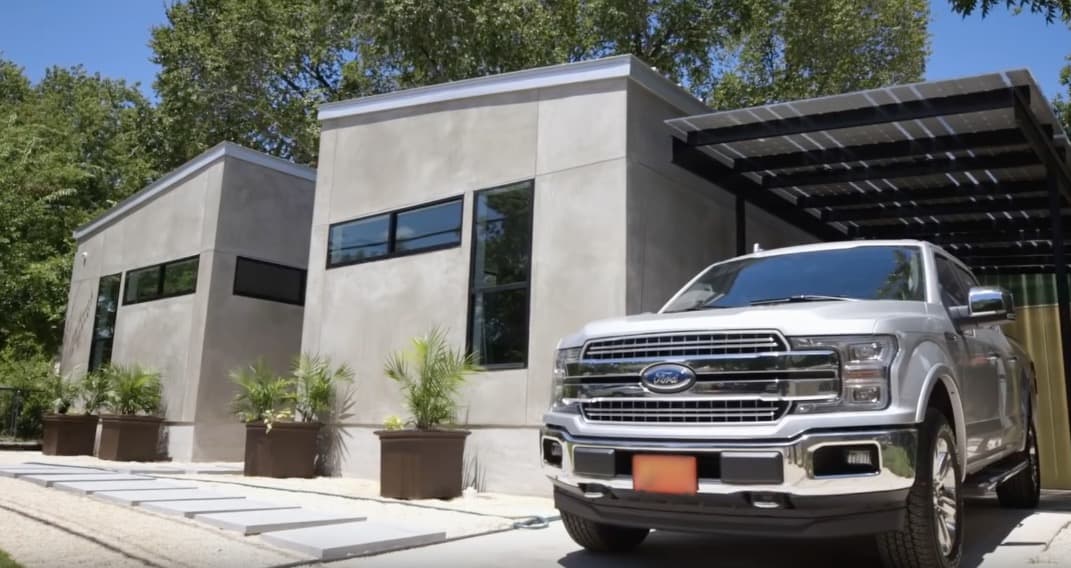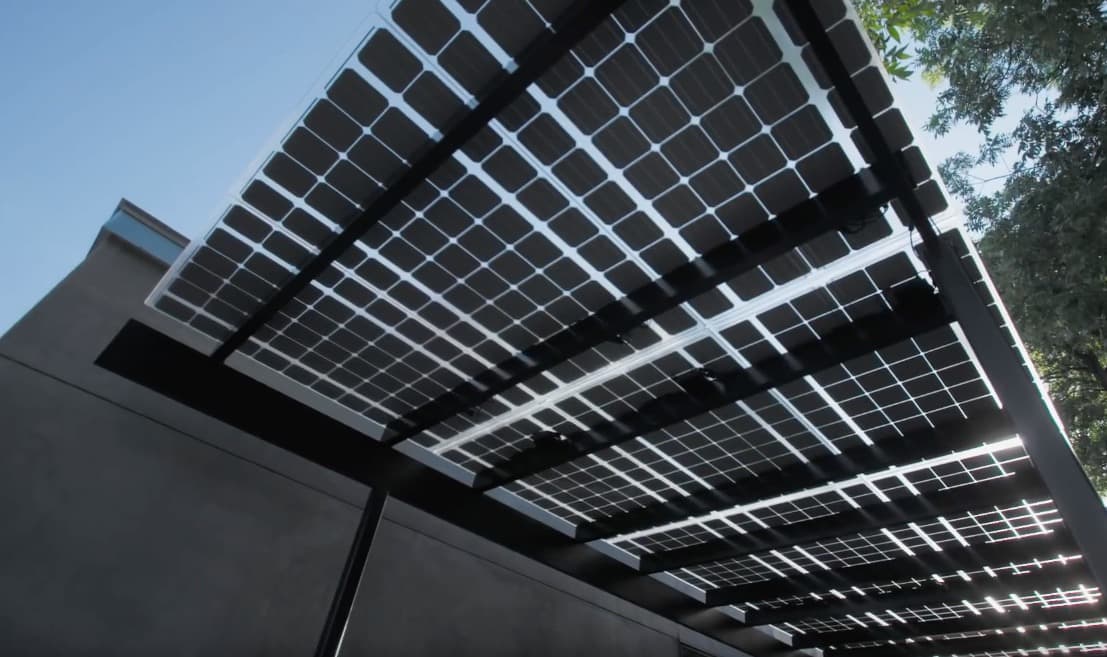Imagining the "Home of the Future"
- Youtube Views 3,249,953 VIDEO VIEWS
AMERICAN media publishers The Verge and Curbed, which report on technology and real estate respectively, have teamed up to imagine a "home of the future" in a new web series.
The host of the series, Grant Imahara, discusses various aspects of future housing with industry experts. Episodes focus on the construction of the house itself, lowering its energy use and using the latest smart technologies used in creating smart homes.

Above: The Home of the Future is constructed off-site (image courtesy of The Verge / Curbed).
Shown in the main video (above), the first episode sheds light on the construction of the house itself.
The goal is to build a house that "combines cutting edge technology with innovative design" in order to make a "more secure and convenient environment" to "improve [people's] daily living," according to Imahara.
In order to build the house, engineers and architects behind the project opted for a prefabricated modular home. The main advantage of this approach is that the offsite construction can save up to two thirds of the time compared to conventional methods.

Above: The modular Home of the Future can be built and delivered within a relatively short time (image courtesy of The Verge / Curbed).
Another advantage is the precision which can be achieved using mass production techniques.
As is often the case in the United States, the house is composed of timber frame and plasterboard.
The downside of prefabrication is that once the building components are assembled, it’s difficult to deviate from the original plan. According to the house's architect, Chris Krager, there is still plenty of room for customising finishes and furnishing the house. Relatively large upfront costs can also deter some potential home buyers.
Above: An episode showing the use of renewable energy in residential architecture (courtesy of The Verge).
The second episode in the series showcases innovative energy solutions, such as integrating the latest photovoltaic panels within the roof of the carport, and using a smart meter to monitor power usage - allowing inhabitants to optimise their energy consumption throughout the day.

Above: PV panels are integrated with the car port to provide energy for the house (image courtesy of The Verge / Curbed).
Another innovation is using a lithium-ion battery to store excess power generated during sunny days for use at night, or during power outages.
Above: A video explaining the current state of smart home tech and its integration within a single system (courtesy of The Verge).
The third and the fourth episodes focus on the challenges of creating a home with integrated networked devices and cybersecurity respectively.
It is this integration of devices - such as TVs, lights, heating and air conditioning systems and even consumer electronics such as fridges and speakers - that can create more convenient living spaces.
Above: (Cyber)security is an increasingly important issue when it comes to new homes (courtesy of The Verge).
However, creating an integrated smart home is still difficult and requires a considerable amount of wiring and co-ordination by specialists.
Furthermore, there are legitimate concerns about the data produced by users of these technologies and the way it may be used by technology companies.








